In Progress: Elephant House / Foster + Partners
If house design is a challenge, imagine designing a house for elephants. Foster + Partners took the challenge and is currently finishing the Elephant House at the Copenhagen Zoo, for a group of Indian elephants.
The Elephant House is covered with lightweight, glazed domes that enclosure spaces with a strong visual connection with the sky and changing patterns of daylight.
The elephants can congregate here, or out in the adjacent paddocks. Broad public viewing terraces run around the domes externally, while a ramped promenade leads down into an educational space, looking into the enclosures along the way. Barriers between the animals and visitors are discreet, and the paddock walls are concealed in an elongated pool of water so that the approaching visitor encounters the elephants as another surprise in the Romantic landscape of the park.
Significantly, in terms of the elephants well-being, the building sets new zoological standards. For example, the main herd enclosure will for the first time enable elephants in captivity to sleep together, as they would in the wild, while the floors are heated to keep them dry and thus maintain the health of the elephants feet. Other key aspects of the design are the result of research into the elephants natural habitat. The paddocks recreate a section of dry riverbed as found at the edge of the rainforest a favorite haunt of Asian elephants. With mud holes, scattered pools of water and shading objects, it will be a place where the animals can play and interact freely.
- Section
- Plan

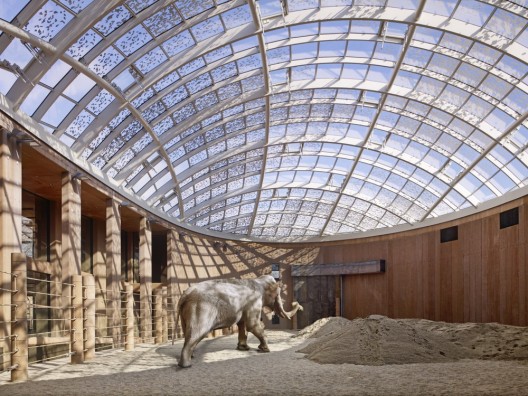
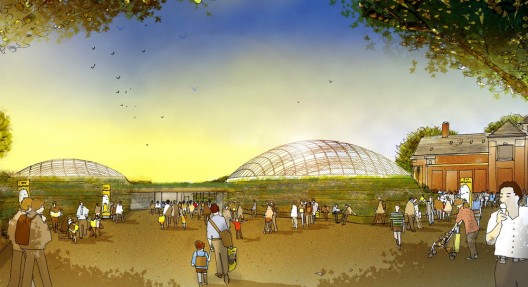
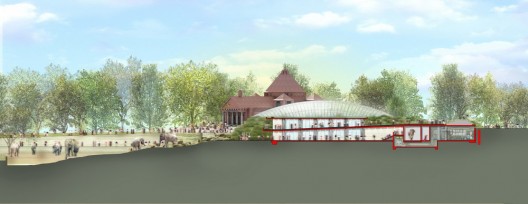
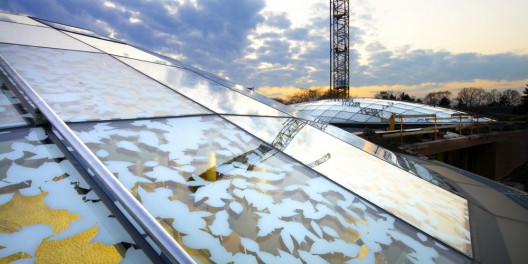
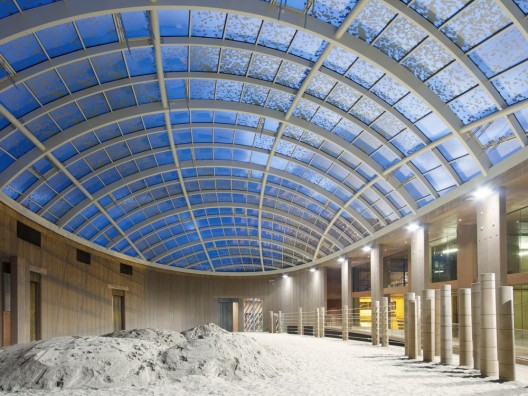
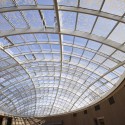
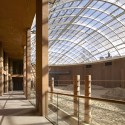
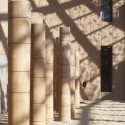
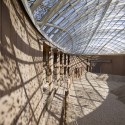
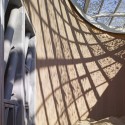
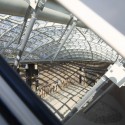
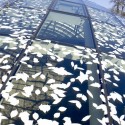
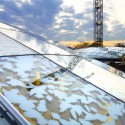
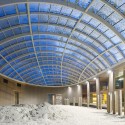
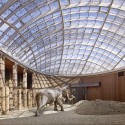
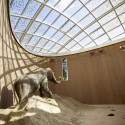

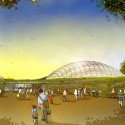
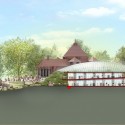
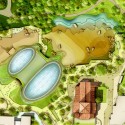



3 comments:
While it's very lovely, I can't help but wonder about the extra millions going into an aesthetic designed largely to please humans.
Ben,
I concur. Sometimes architects can get a little carried away in their "creativity".
Wade
Below are two more comments from others:
Keith Lindsay says:
May 26th, 2008
What a horror. Architects pretending to understand what elephants need out of life, and coming up with a stark, bare, display case. The nice whirly glass roof cannot disguise the fact that this is just another collector’s box, showing unsuspecting visitors what wild animals look like when their habitat is stripped away and they have no place to hide their loss of self-respect. Shame on Foster et al, for not thinking about what they were doing when given this commission.
effe says:
May 30th, 2008
i agree with keith.. plus, seing the scale of the user (in this case an elephant) it looks like is not an space where he can feel in an armonic proportion between the size and the scale. yes it feels big, but it looks like it’s made for a human of the size of an elephant but not for an elephant (someone who lives without restrictions to the sky and sides)… the proportion of a human scale obviously changes when it comes to another animal of its size…. i dunno it feels like he is in a lab or something… Foster is still very far from being able to build something like a natural environment and i think no one can, he should’ve done a negative of this building… instead of a big mass, something that would’ve been like an open space.. maybe he shold’ve done bridges or something like that, for the visitors (obviously with an excelent design) and leave the rest like a real natural environment… i dunno but that’s what i would’ve done for this comission and i think it could’ve been a better solution to this “problem”
Wade and Ben,
What is the most dangerous animal in a zoo?... The architect!
When the mammals curator sent this to me and asked if I saw it, she couldn't understand why I wasn't excited about it. I passed it on to you just to show what's happening.
Post a Comment